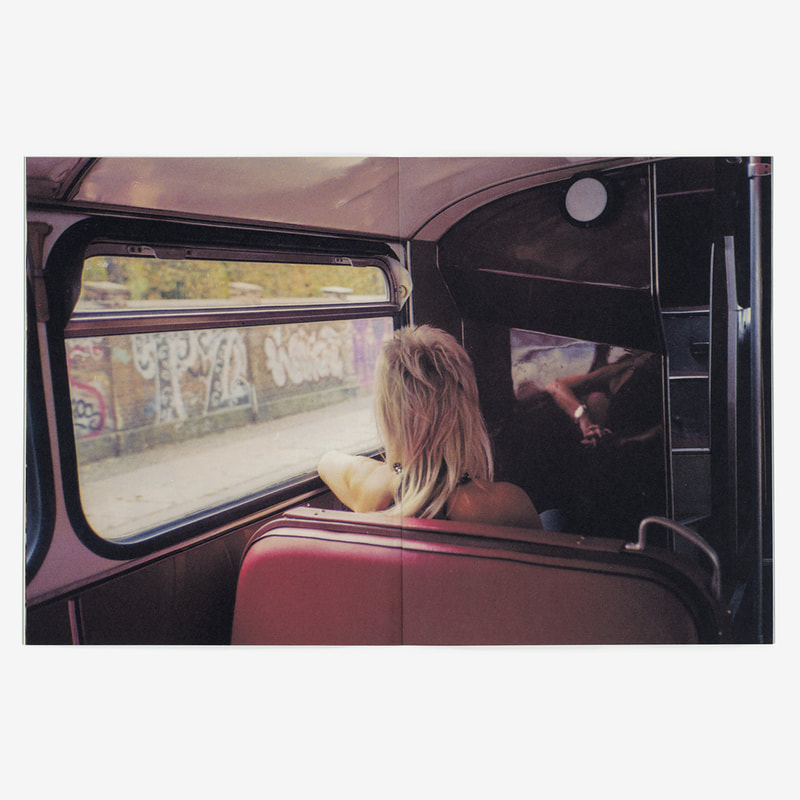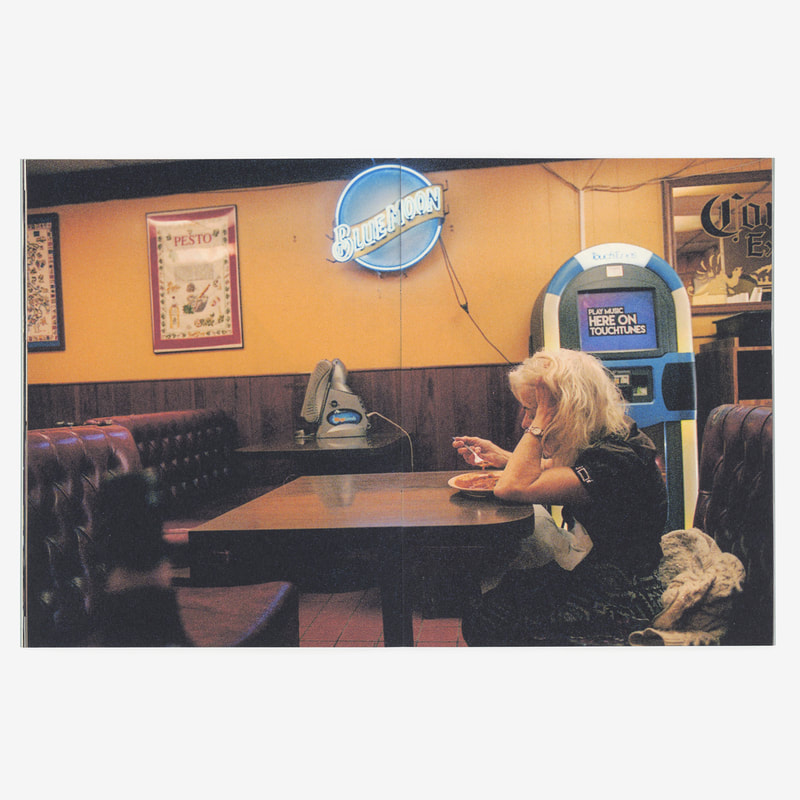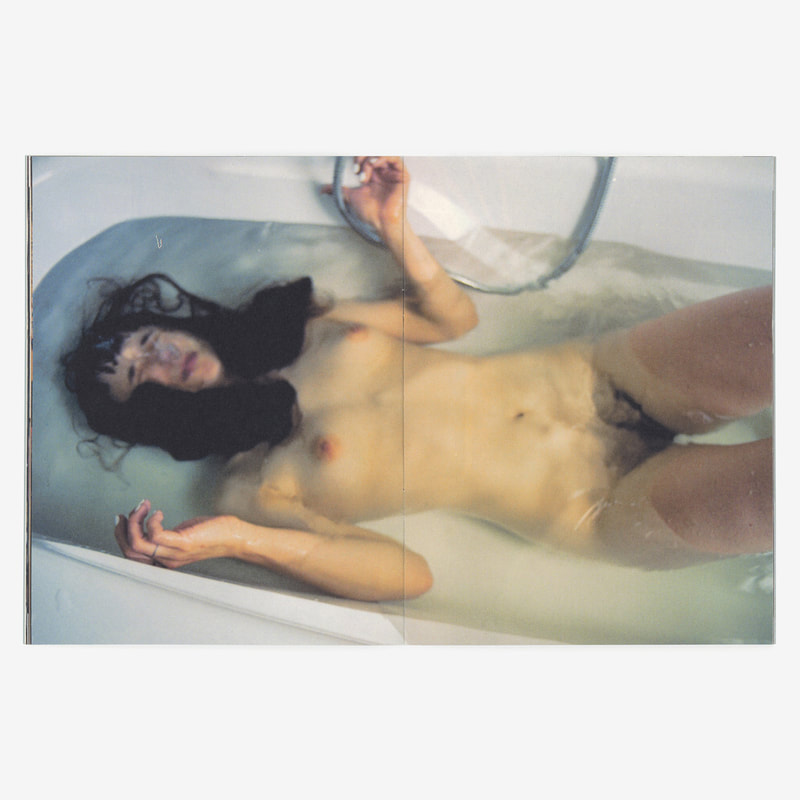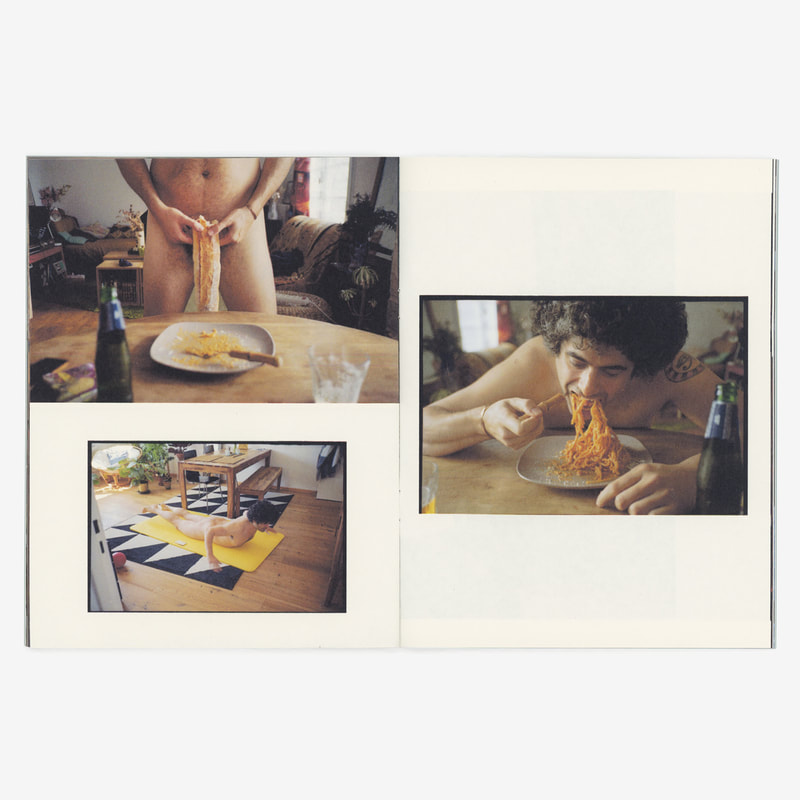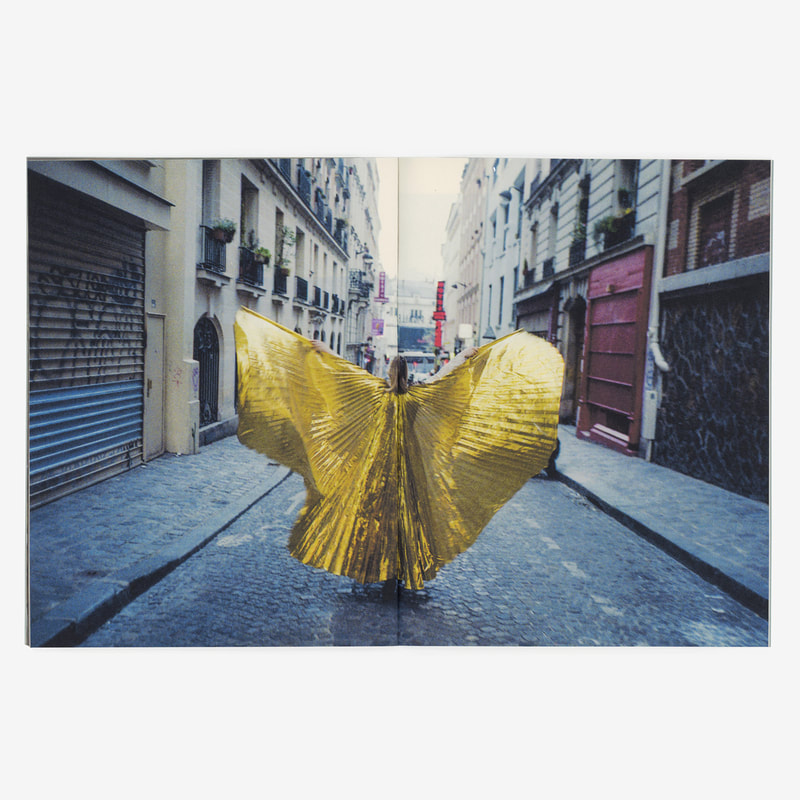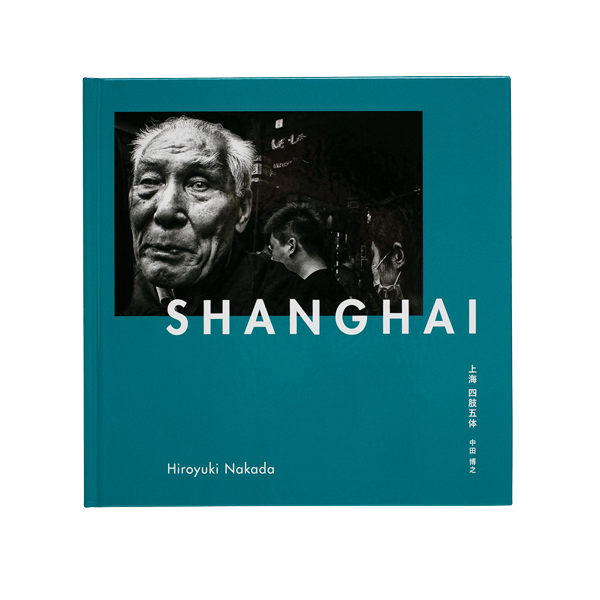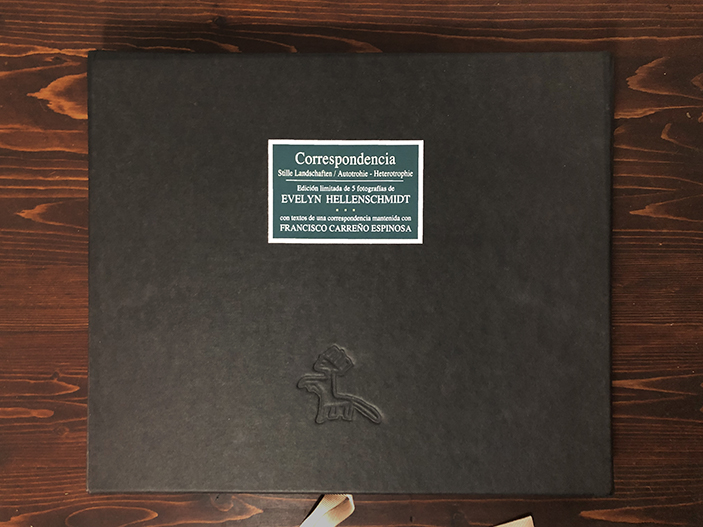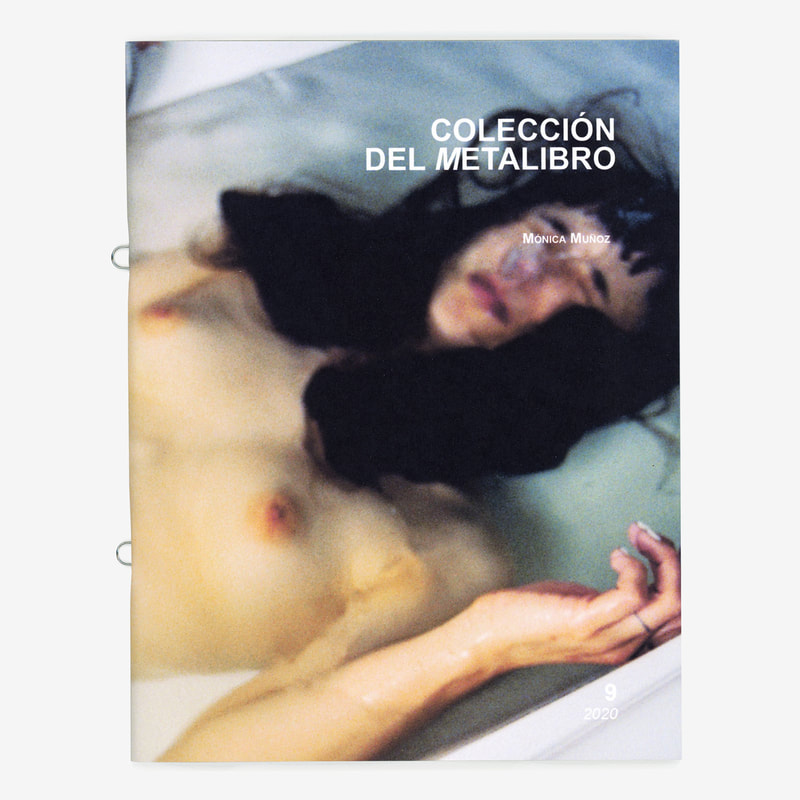
M9: Mónica Muñoz
Mónica Muñoz
Colección del Metalibro
2020
Chile
Alicante
Metalibro
Javiera Novoa
Mónica Salinero
Digital casera
Tapa blanda, corchetes omega
Bond ahuesado
978-956-401-631-3
40
Bond ahuesado
Photography has raised questions about our forms of observing and behaving in our world, and in this issue of the M collection of the Metalibro –that gathers a selection from Mónica Muñoz´s work- maybe the most evident question is regarding duality. That Manichaean vision over which we have built our customs, over that which no one should see and what we should see about our own experiences. On this last term, that which remains secluded in the private world and that should not be exposed in the public world nor to our own eyes. Without a doubt, it is not about any private world, it is about making explicit the intimate. We are not talking about pornography, maybe eroticism, love and overboarded happiness, but it is much more than that. Because it is about a photographical series focused on images of closed spaces which give the sensation of intimate spaces, outside the fact that if they are public spaces, dormitories, lonely streets or moving car interiors. Here the own intimacy of the traditional vision of the private clashes with the intimacy of the public –as an example, this very own issue that will make these images circulate publicly- this is the intimacy of the being´s expression, that makes of the public space a context of encounter in which to coexist within the sentiments.
Like this, the own photography of this issue drags us to other questioning and and reflection perspectives: Maybe, can photography represent (as theatre and as making present what it represents) that intimacy that is only expressed in the most scarce and improductive moments for this neoliberal world, those moments of void, that void of when there is no past nor future? It is not even possible to start imagining answers, if we do not accept that photography has always been surrounded by an always mysterious halo. Even when this mystery has tensed its understanding, a lot of times obscuring its comprehension as a result of an act of interpretation and representation of a delimited part of time and space, that is based on the principles of light. Photography can not be separated of the power that we give it and that we live when we contemplate its images.
This persistent sensation of mistery, or more precisely, of conforming a supernatural and magical act, makes it that to this day theres people that believe that when being photographed something of themselves gets taken, maybe even their souls; and also how the cientific people grant photography the power of capturing a moment, an episode of our lives to think that they can win over oblivion and time, and transcend as the word. It is because of that that when observing the images of Muñoz we submerge ourselves in a narrative about the expression of the intimate that in reality does not have any more frontiers that the comprehension of the encounter with the feelings of whoever may see them. If we question ourselves on the possibility of representing the void whithout the motive of intimacy, it is because that intimacy is the adventure of life, of that being with the otherness, with other selves and outers co-existing in the moments in wich there is no more than a void, if not the simple and pure existence, almost as a state of lightening hard to achieve. Once it reaches, it seems the photographic magic returns and to represent, as it does here, that state of living without the exterior necessity which reveals itself to any bad custom of duty that might want to imprision it.









